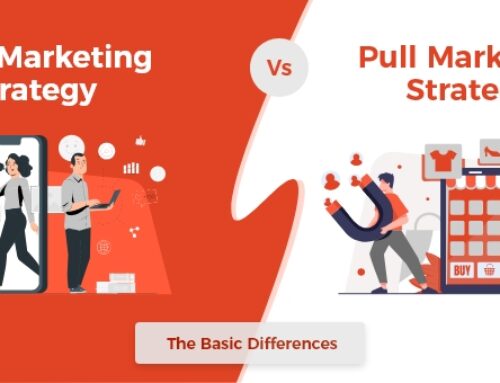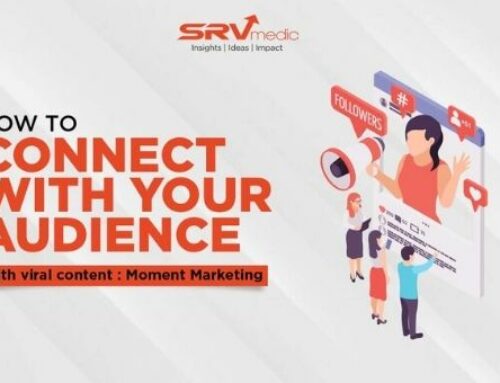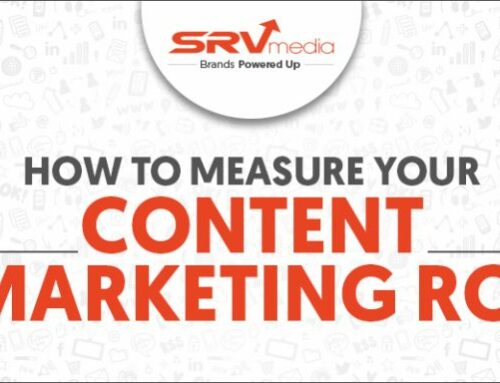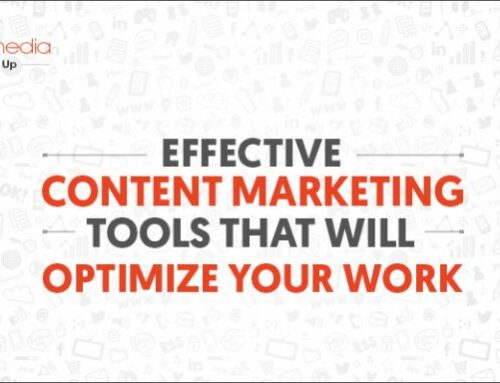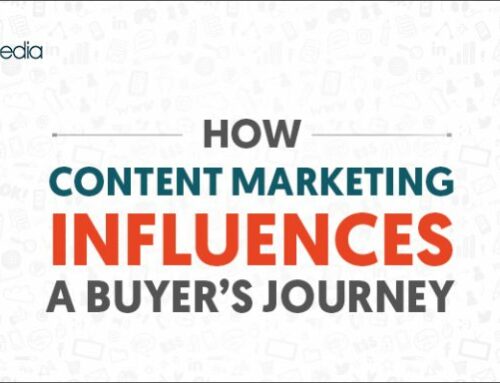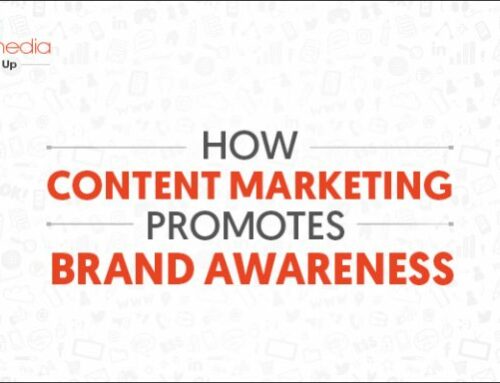Content And Intent – How to Measure the Impact of Content Based on Intent
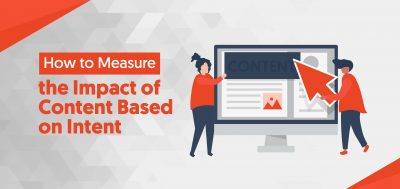
We all know how important it is to measure everything accurately and relevantly. So it’s perplexing that as marketers and business owners, we maintain a single-minded focus on one bottom-line metric of sales or conversions for all of our marketing, advertising and branding initiatives. As our metric is irrelevant to the vast majority of visitors who aren’t ready to buy it is important to understand the difference between content and intent.
When measuring the impact of content, you might think of KPIs like “sitewide conversion rate” or a traffic graph that shows an upward trend. But instead, you focus on the practical information to help your content creation strategy thrive by accurately assessing its impact.
The Issue With Conversion Rates Across the Board
On a high level, between 70% and 85% of website visitors seek information; they aren’t ready to make a purchase or fill out a lead form. You’re grading a QB on geography if you use the final conversion rate to determine the “success” and “value” of those visits to your site.
The metric used by the corporation to evaluate the visit differs from the metric used by the visitor quality of information. Unless your website is a one-pager, not every page likely has the same purpose. Yet we continue to track conversion rates across entire websites. It’s simple because it’s always been done that way.
However, even when your content strategy framework is combined with traffic volume, analysing your conversion rate across an entire site does not provide helpful information. Using a sitewide conversion rate ignores pages when the goal isn’t to make a purchase. Consider your blog, customer service, and FAQ sites. An increase in traffic to specific parts will not necessarily result in sales.
However, it will lower your overall conversion rate. That’s not a terrible thing; it just means that relying just on sitewide conversion rates to assess effectiveness isn’t the most excellent approach. Only 5% – 10% of your audience is genuinely ready, willing, and able to make a purchase at the end of the day.
These are the visits that you should evaluate depending on the conversion rate. So, if your organisation uses a CRO method for marketing, you’re rating a QB 90% of the time based on a geography grade. As a result, your “top-of-the-funnel” channels, techniques, and content are undervalued, resulting in a disconnected user experience.
To address this problem and provide a genuinely extraordinary customer and brand experience, marketers, business owners, and analysts must fundamentally rethink how we measure marketing success at each point of the purchase process. This necessitates the development of new intent-based measures.
Separating pages for reporting purposes based on their intent may seem tedious, but there are ways to automate this process. The URL structure is the most well-known technique you can employ. If you have a well-organised hierarchy, this can go a long way toward assisting you in grouping your pages logically.
You’ll be able to report on your performance in a flash after they’ve been set up. Here’s how you can do that in Google Analytics, Data Studio, and Excel/Google Sheets.
Using Universal Google Analytics to build segments
In Universal Google Analytics, you can create custom segments to extract data in a way that makes sense to you. It also allows you to swiftly insert these parts into other reports, saving you time. You’ll see a list of previously established segments for you in Universal Analytics. However, these aren’t the ones we want to use.
- Step 1 – Press the large red “+ New Segment” button.
- Step 2 – Now, you must give your segment a name that will enable you to locate it later. You can split your data in almost any way you can imagine here. However, we’d like to establish a section to calculate your conversion rate based on the intent of the landing page.
- Step 3 – Go to the “Advanced” part of the “Conditions” section. First, decide whether you want to filter by sessions or by users. You’ll want to keep this filter set to “Sessions” and “Include” because we’re looking for sessions that started on a specific section of your site.
- Step 5 – The next step is to decide the area of the website you wish to examine. One of the simplest to start with is blog traffic, especially if your URLs contain /blog/, /news/, or something like the defining hierarchy.
- Step 6 – If you have both sections, you can use the “OR” feature of the filter to combine them. The data will then be shown depending on landing pages with either the /blog/ or /news/ hierarchy.
If you select “exact match,” this data may not include all of your information because any page landings with parameters will be excluded. Similarly, if you have a hierarchy and the URL you’re looking for is used on other pages, you may need to add exclusions to your filter.
Always double-check your data against your expected raw data in Google Analytics before setting up your segment to ensure correctness.
In GA4, go to the “Explore” area to learn how to use segments. You’ll be able to make your own custom reports and dig further into your segmented data in this section. When creating an account in Explore, you can find segments and even add a distinct comparison segment to compare your data against.
- Step 1 – On the left, click on the “Segments” area to add a new segment.
- Step 2 – Based on metric values, you’ll be able to “Include” or “Exclude” your dimensions.
- Step 3 – You’ll need to add sessions where the “Page location” (URL to me and you) contains “/blog/” because the naming standards of dimensions in GA4 diverge from Universal. If necessary, “Or” statements can be added here as well.
Unlike Universal Analytics, once you’ve set up your report, you can select the metrics you want to see in your reports and choose how to show them with Explore.
If the structure of your site prevents you from readily mapping your intent, you may need to construct a master document of the plan. This may then be utilised as a blended dataset in Google Data Studio against your other data or as a VLookup in sheets.
You may also use a data import into a custom dimension in Google Analytics to tag your content data. First, however, you’ll have to undertake the grunt work of mapping your intent and content of communication yourself.
Using Google Analytics, Google Data Studio, or Google Sheets, you can segment the intent content of pages to get a high-level picture of how they’re doing as a group toward a shared goal.
With assistance from an ad agency like SRV media you can skip all the hassle learning intent and content meaning or content vs intent. You can instead work towards determining what should your content marketing focus on. You can also tune your content with the help of their experts or their content marketing writing tips.



